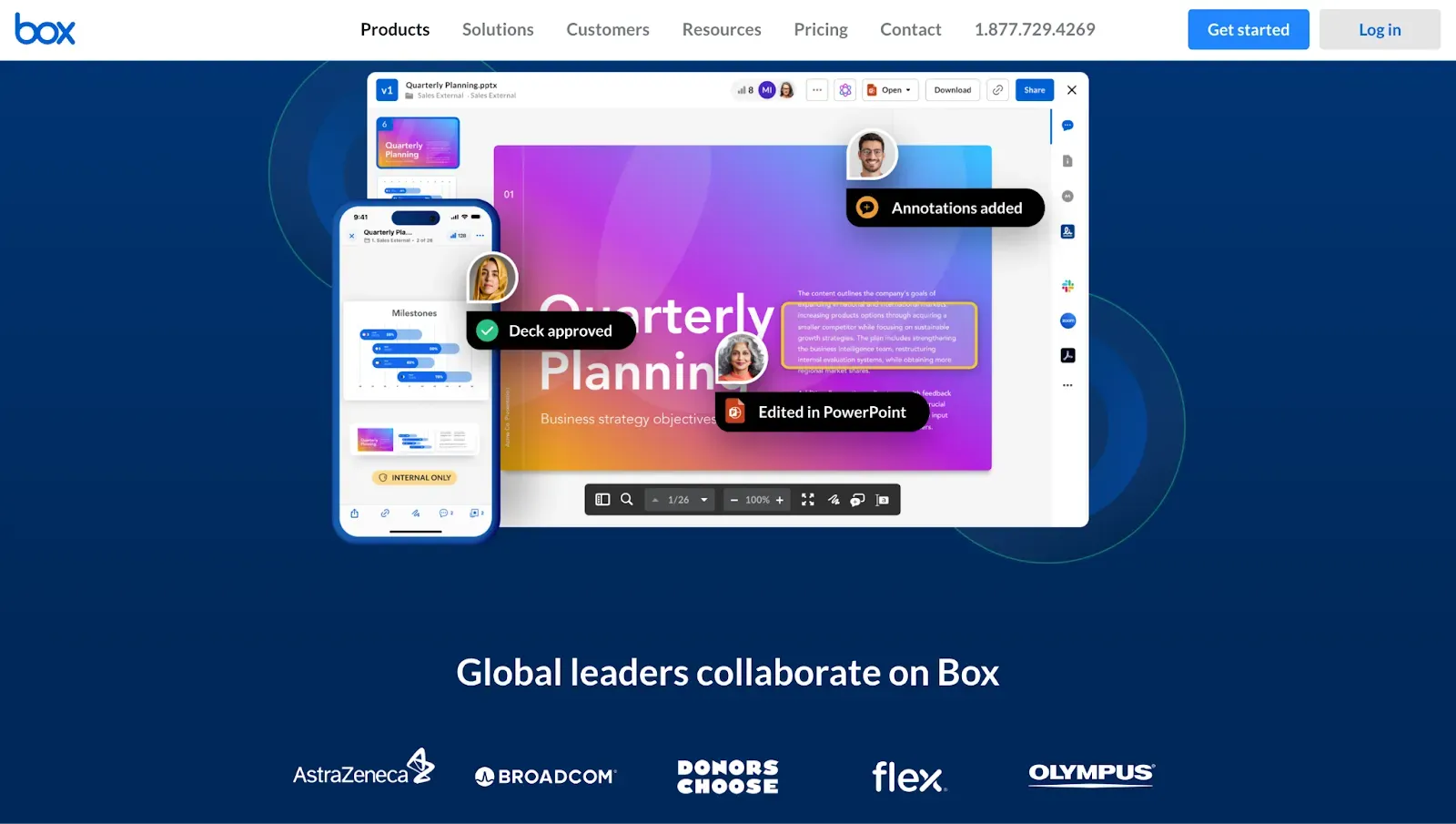In today’s fast-paced work environment, communication is key to getting things done. However, there’s a fine line between effective communication and information overload. One of the biggest offenders in this digital age is email. As teams grow and projects scale, email inboxes become flooded with messages, discussions, attachments, and updates. In this scenario, productivity can take a hit. Enter Basecamp—a powerful project management tool that helps you streamline team communication, reduce unnecessary emails, and improve overall collaboration.
But how exactly can Basecamp help your team avoid email overload? Let’s explore.
The Problem: Email Overload in Modern Teams
Email has been the cornerstone of workplace communication for decades. It’s convenient, relatively straightforward, and allows for asynchronous communication. However, as teams become more distributed and projects become more complex, email overload has become a major problem.
Key Issues with Email Overload:
- Constant Interruptions
Emails demand your attention. They come in at all hours, interrupting deep work and leading to frequent context-switching. This constant barrage of messages can be distracting and exhausting. - Scattered Information
Important information gets lost in long threads. Conversations get muddied with irrelevant replies, outdated attachments, and multiple CC’d people who might not even need to be part of the discussion. - Difficulty Tracking Progress
Email is not designed to track the progress of ongoing projects. Important updates get buried, and it’s tough to know where things stand on any given project. - Cluttered Inbox
As emails pile up, your inbox becomes a maze. Prioritizing emails becomes harder, and critical messages can get missed. Searching for attachments and past conversations becomes a tedious task. - Lack of Centralization
Teams often use email for all kinds of communication—task assignments, updates, questions, feedback, and brainstorming. This lack of centralization means that the critical information is scattered across multiple threads, making it difficult to maintain clarity.
Why Basecamp Is the Perfect Tool to Combat Email Overload
Basecamp is a project management and team collaboration tool designed with simplicity and efficiency in mind. While many tools focus on a specific aspect of team communication, Basecamp covers multiple needs, making it a one-stop solution for reducing the chaos of email overload.

1. Centralized Communication
Basecamp’s core feature is its ability to centralize communication in a way that email simply can’t. With Basecamp, all discussions, tasks, and files related to a project or team are housed in one organized space. Instead of having important conversations spread across countless email threads, everything is stored in a project or team-specific “camp,” ensuring no communication gets lost.
Benefits:
- Less Searching, More Finding: Instead of scrolling through your inbox, you can easily find messages, tasks, and files in the relevant Basecamp project or group chat.
- Clear Communication Channels: Basecamp’s to-dos, message boards, and group chats ensure that communication stays focused, organized, and accessible.
2. To-Dos and Task Management
A huge source of email overload is task-related communication. Team members send emails about tasks, updates, and deadlines, which can result in a never-ending stream of follow-ups. Basecamp takes task management to the next level by integrating it directly into the project workflow.
With Basecamp’s To-Do Lists, you can:
- Assign tasks with due dates and priorities.
- Add comments or notes to provide context.
- Keep track of the task’s progress without needing to ping teammates through email.
Benefits:
- Clear Visibility: Everyone involved in the project can see the to-do list, which reduces the need for “What’s the status?” emails.
- No Need for Follow-Ups: Instead of sending an email to ask someone about the progress of a task, Basecamp automatically updates all team members in real-time.
3. Message Boards: Organized Discussions
Instead of having discussions buried in long email threads, Basecamp offers Message Boards. These are essentially discussion forums where teams can post updates, ideas, questions, and feedback without overwhelming everyone’s inbox.
Benefits:
- Clear Threads: Each post has its own thread, so conversations stay organized. You don’t have to dig through hundreds of messages to find the one you need.
- Asynchronous Discussions: Team members can reply to messages when it fits their schedule, reducing the pressure of real-time email communication.
4. Automatic Check-ins
Basecamp offers a unique feature called Check-ins, which automates status updates. With Check-ins, you can set up recurring questions that team members answer daily or weekly, such as “What did you work on today?” or “What are your top priorities for the week?”
Instead of having to email each person for their status update, Basecamp automates this process. The team can then easily see all updates in one place.
Benefits:
- Reduced Meetings: You won’t need to send constant email updates or schedule unnecessary meetings.
- Better Project Tracking: Management can track progress without sifting through email chains.
5. File Sharing and Collaboration
Sharing files via email is inefficient. Not only does it clog up your inbox, but it also makes it difficult to track versions of a document. Basecamp provides an intuitive file-sharing feature where documents can be uploaded and shared within specific projects.
Benefits:
- Centralized File Repository: Instead of receiving multiple attachments via email, all documents are stored in Basecamp, making them easy to find and share.
- No Version Control Issues: Team members can always access the latest version of a file, eliminating confusion about which document is the most up-to-date.

6. Group Chats for Instant Communication
For quick communication, Basecamp’s Campfire group chat feature allows team members to message each other instantly within the app, making it a great alternative to lengthy email threads or instant messaging platforms.
Benefits:
- Real-Time Communication: Teams can hash out questions or issues in real time without clogging up email inboxes.
- No Need for Long Threads: You can quickly clarify points without worrying about multiple reply-all chains.
7. Control Over Notifications
Basecamp offers powerful control over notifications. You can opt to receive updates via email or push notifications, or you can manage how often you get them. This customization allows you to avoid unnecessary email overload while staying informed about important updates.
Benefits:
- Customizable Alerts: Stay in control of your notifications and choose to receive updates on only the most important matters.
- Focus on What Matters: With fewer distractions from irrelevant emails, you can focus on tasks that move the needle.
8. Transparent Project Tracking
One of the main reasons emails pile up is to keep track of project milestones, deadlines, and progress. With Basecamp, you have a real-time overview of what’s happening with your team’s projects. You don’t need to send status emails or follow-ups because everything is visible in the platform.
Benefits:
- Real-Time Updates: With Basecamp, you always know where things stand—without the need to email team members for updates.
- Everyone Is On The Same Page: Transparency means fewer emails requesting status updates or clarification.
9. Collaboration on Documents
Basecamp integrates with tools like Google Docs and Microsoft Office 365, enabling teams to collaborate on documents in real time. Instead of emailing drafts back and forth or trying to keep track of who’s updated what, Basecamp lets your team work collaboratively within the platform.
Benefits:
- Real-Time Edits: Collaborate with your team without worrying about version control.
- Easier Feedback: Provide direct feedback through comments or chat within the Basecamp app, keeping all communication in one place.
10. Focus on Work, Not Emails
Ultimately, Basecamp’s main strength lies in its ability to help your team stay focused on the work that matters, rather than getting bogged down in endless email exchanges. The tool ensures that communication flows more efficiently and that your team spends more time on productive tasks and less time managing inboxes.
Conclusion
Email overload is a common issue in modern workplaces, leading to frustration, confusion, and a drop in productivity. Basecamp addresses this problem head-on by centralizing communication, task management, file sharing, and real-time collaboration—all within one streamlined platform. By using Basecamp, teams can significantly reduce their reliance on emails and focus on what truly matters: delivering high-quality work efficiently and without the constant distractions that email overload causes.
By embracing Basecamp’s powerful tools, teams can avoid the email madness, stay on top of tasks, and communicate more effectively, all while working smarter and with more clarity. It’s time to ditch the cluttered inbox and embrace a smarter, more productive way of working.























